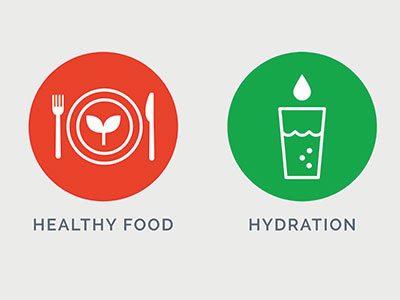Screen use is frequently reported as a trigger for headaches in children and teenagers, though there is still much to learn about how screens impact the health of people of all ages.
To help caregivers address headaches and related symptoms associated with technology use, Dr. Raquel Langdon, a neurologist, and co-director of Children’s National Hospital Headache Clinic, recommends the following strategies:
- Incorporate rest breaks during extended screen use to engage in alternative activities away from the screen. Follow the “20-20-20 Rule.”: Every 20 minutes of screen time, take a 20-second break, and look at something 20 feet away.
- Adjust the lighting in your environment or on your screen. Consider modifying screen amplification or contrast for potential relief.
- Maintain good posture while using screen-based devices to prevent strain on the head, neck, shoulders or back.
- Avoid screen exposure right before bedtime to improve sleep quality and headache pain.
- While some people may find light-blocking glasses beneficial for prolonged screen use, it is important to note that there is limited scientific evidence to support or refute this theory.
- Establish daily routines with dedicated times for meals, hydration, sleep, exercise, and enjoyable or relaxing activities. A consistently healthy lifestyle can significantly reduce headache problems.
As the science and research into screen-related health issues continue to develop, we will better understand the relationship between screen time and headaches, and how we can proactively mitigate negative effects on our overall health through the adoption of healthy screen usage techniques.
This blog post originally appeared in Northern Virginia Magazine online.
 https://riseandshine.childrensnational.org/wp-content/uploads/2025/11/two-friends-feature.jpg
300
400
Danielle Robbins
https://riseandshine.childrensnational.org/wp-content/uploads/2017/11/childrens_riseandshine_logo.jpg
Danielle Robbins2025-11-13 13:55:082025-11-14 10:17:49Navigating friendships when your child has epilepsy
https://riseandshine.childrensnational.org/wp-content/uploads/2025/11/two-friends-feature.jpg
300
400
Danielle Robbins
https://riseandshine.childrensnational.org/wp-content/uploads/2017/11/childrens_riseandshine_logo.jpg
Danielle Robbins2025-11-13 13:55:082025-11-14 10:17:49Navigating friendships when your child has epilepsy





















Leave a Comment
Want to join the discussion?Feel free to contribute!